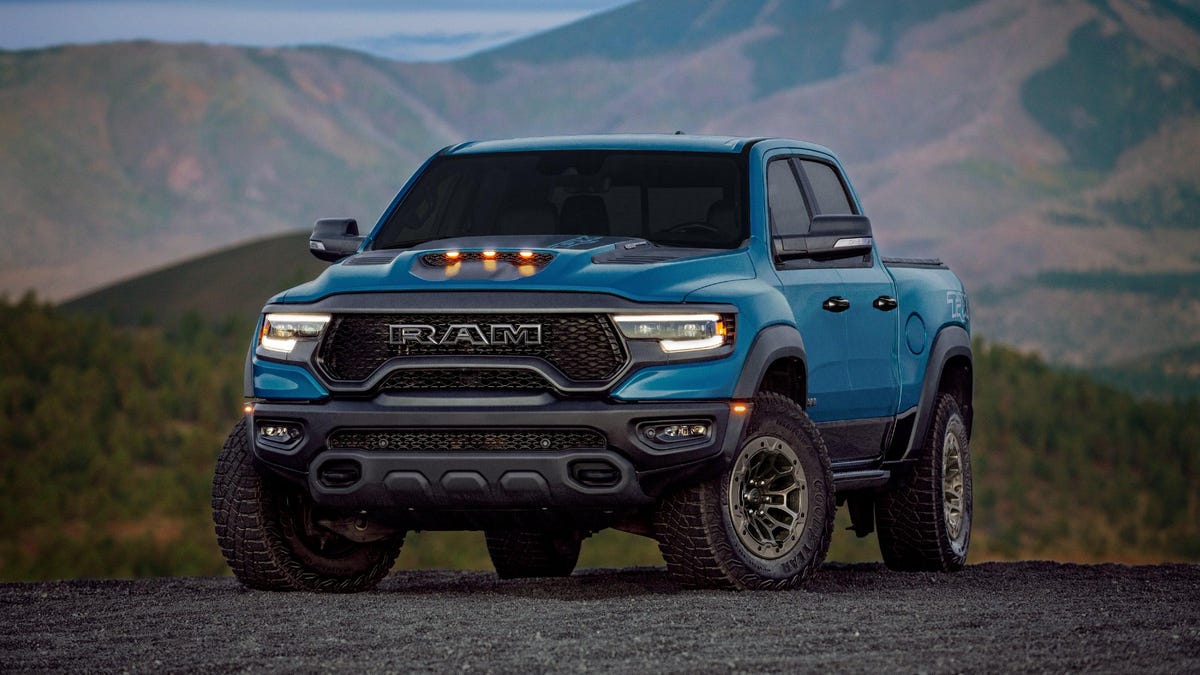You don’t need a PhD in physics to understand that it’s worse for a driver to hit you with a truck than a sedan. They’re just heavier, meaning they hit you with more force. Still, while reading the Conversation’s recent article on how our current approach to road safety is outdated, one of the statistics in the post really jumped out — A bicyclist is 291 percent more likely to die if they’re hit by a truck instead of a sedan.
Yes, you read that correctly. 291 percent. Trucks are nearly three times deadlier for bicyclists than cars are. And while you can probably trust the author — he’s a traffic engineer who actually does have a PhD — not to pull numbers out of thin air, that statistic actually comes from a recent paper published by urban economist Justin Tyndall. That paper helps quantify how truck design itself is a danger, not just weight.
Tyndall found that increasing the height of a vehicle’s hood by about four inches raises the odds of a pedestrian death by 22 percent. For women and those over the age of 65, the risk is even higher at 31 percent, while children see an increase of 81 percent. So yes, weight is a factor, as force still equals mass times acceleration, but where and how that force hits you is important, too. It would, of course, suck to get hit by someone driving a Miata, but due to its shape, it’s more likely to hit you in your legs, throwing you onto the hood.
A truck, on the other hand, is more likely to impact your torso and head, throwing you onto the ground where you risk hitting your head on the asphalt or even being run over. Recovering from two broken femurs sounds miserable, but it’s got to be better for everyone involved than being dead or surviving with significant brain damage.
As the author points out, though, the problem runs deeper than there just being too many massive trucks and SUVs on the road. Our road infrastructure is designed to get people killed. Many of our streets are far too wide, looking more like highways that happen to have lower speed limits, and crosswalks are often poorly designed and too far apart. It’s a system set up to prioritize cars and encourage speeding:
These are the sorts of systemic conditions that lead to many so-called road user errors. Look just below the surface, though, and it becomes clear that many human errors represent the typical, rational behaviors of typical, rational road users given the transportation system and vehicle options we put in front of them.
Look more deeply, and you can start to see how our underlying crash data gives everyone a pass but the road users themselves. Everyone wants a data-driven approach to road safety, but today’s standard view of crash data lets automakers, insurance companies and policymakers who shape vehicle safety standards off the hook for embiggening these ever-larger cars and light-duty trucks.
It also absolves traffic engineers, planners and policymakers of blame for creating a transportation system where for most Americans, the only rational choice for getting around is a car.
Unfortunately for those of us who occasionally like to do things other than drive cars, like perhaps walking to a nearby brewery, massive vehicles are as popular as ever, and transforming urban infrastructure takes time. Still, improving our infrastructure is a vital part of making this country safer. We need more protected bike infrastructure. We need better pedestrian pathways, wider sidewalks and at-grade crosswalks. We need road diets that are designed to slow traffic down. Even bus rapid transit, while a big investment, would make life in urban areas better and safer.
If the government isn’t going to do anything to rein in vehicle size, at the very least, it could give us the infrastructure necessary to keep us safe while we’re just going about, trying to live our lives. Especially since, allegedly, Tesla can’t guarantee the Cybertruck will stop accelerating just because the driver hits the brakes.

